We review the life and work of three of the greatest artists in history, whose names have been silenced... and that is why you don't know them.
Let's start by assuming that we have an absolute deficit when it comes to culture. That deficit is, basically, female authors. Listen, it's great that you know the life and work of Francisco de Goya and Diego Velázquez because Goya and Velázquez were very good. Who's going to deny that, my God? And Murillo, and Van Gogh, and Klimt, and Monet, and Michelangelo, and, in short, almost every name that has gone down in history because it has gone down in history for a reason. But are you able to name three female painters right now? Just like that, off the top of your head, without typing “PAINTERS” into Google while you're lounging on the couch. And I'm not even talking about here, but from all over the world. And from all eras.
It's annoying to realize that you don't. Or, at least, that they don't come to you so quickly. And there are only three of them. Maybe, of course, Frida Kahlo will appear in your mind, whose face has also become a symbol (and bravo, although in her life she had to deal with machismo, who considered her husband, Diego Rivera, better). But that's it. And accept it, it's terrible. And you know it. You've got the face to say 'gosh, I should be able to answer this question'. No problem, because here we bring you the first part of a series of articles in which you will find not only names to learn, but also timeless artists of various styles and historical periods that, if you delve into their work, will make you discover yourself better, will anchor you better to the world and will chisel you with more rigor to life. Look how beautiful.
1. Sofonisba Anguissola
In 2018, of the 1,160 paintings on display at the Prado Museum, only six were by women. Of those six, half were by Anguissola, a highly acclaimed painter in her day who history has hidden by attributing her paintings to various (male) copyists. Born in Cremona around 1535 and dying in Palermo 90 years later, she was an expert in portraiture, even though she was not allowed to study anatomy because she was a woman.


She spent her youth in Italy, where she met her apocryphal teacher, who could not give her official lessons: Michelangelo, who took her under his wing. She moved to the court of Philip II and there she practiced her art as a lady-in-waiting to Queen Isabella of Valois. She never stopped painting, but in 1571, the king, concerned that she was single, found her a husband in Italy. She would later be widowed and remarry a rich merchant, who admired her. When the Flemish painter Anton van Dyck visited her in her old age, he was surprised by this woman of almost 90 years talking about painting with an almost jovial passion.


2. Lee Krasner
Often relegated to the role of “Jackson Pollock’s wife,” the only truth is that Krasner’s work has substance in its own right. A New Yorker in 1908, the daughter of Ukrainian immigrants, her real name was Lena, but she changed it to the more ambiguous Lee after seeing how the art world worked. Her teacher, the artist Hans Hofmann, saw one of her works in 1937 and exclaimed: “It is such a good work that no one would know it was done by a woman.” Her family does not believe in her.

In the early 1940s, in Mexico, she met Pollock. They married in 1945. From that year on, her work stagnated: she had no time to look after her alcoholic husband, promote his works and manage her art. In addition, she made even more sacrifices and, as the respected painter had begun with a technique that required a lot of space to paint on the floor in large dimensions, she barely fit in the studio and had to make do with making Little Images . “It is a shame that women’s liberation did not happen 30 years earlier in my life. I could not run off and do my work as a woman artist in a world as sexist as the art world, I could not continue with my painting and remain in the role I was in as Mrs. Pollock,” she would say years after the author’s death in a car accident in 1956.


Since then, and although she suffers from insomnia and follows the author's abstract expressionism, her work has gained strength, flight and signature. She specializes in geometric and flat forms. Actress Marcia Gay Harden won the Oscar for best supporting actress for her portrayal of her in the film Pollock , from 2000. She had died at the age of 75 in 1984.
3. Berthe Morisot

When we talk about Berthe Morisot (Bourges, France, 1841) we are talking about one of the undisputed figures of French Impressionism. Perhaps, let's not be suspicious, her surname has been kept too quiet so that history does not confuse her with her other sister, also a painter, Edma Morisot. But in Berthe's case we are talking about one of the founders of the pictorial movement, an avant-garde of Impressionism who exhibited at the Paris Salon at the age of 23 (and did so uninterruptedly for a decade, from 1864 to 1874). She surpassed all the teachers she had until she reached one of those who would influence her the most, Camille Corot (she also often referred to the Barbizon School, with Jean-François Millet at the head, the latter famous for his outdoor paintings with gleaners and wheat fields).
Morisot used the technique, very common among the Impressionists, of taking notes - sketches and rough drafts - and then painting them in the studio. She focused on domestic, natural and everyday scenes, which, unlike her male colleagues, relegated her work to the background, according to critics. Her sister Edma married in 1869 and gave up painting. Edma, who had begun to make friends with the jet set of her time, such as the poets Mallarmé and Baudelaire or the painters Degas and Manet, married a brother of the latter, Eugène, who encouraged her to continue painting since he, an amateur painter, understood that she did not have the level of his wife.


Morisot used the technique, very common among the Impressionists, of taking notes - sketches and rough drafts - and then painting them in the studio. She focused on domestic, natural and everyday scenes, which, unlike her male colleagues, relegated her work to the background, according to critics. Her sister Edma married in 1869 and gave up painting. Edma, who had begun to make friends with the jet set of her time, such as the poets Mallarmé and Baudelaire or the painters Degas and Manet, married a brother of the latter, Eugène, who encouraged her to continue painting since he, an amateur painter, understood that she did not have the level of his wife.


She had only stopped painting the year her daughter Julie was born, but died very young, in 1895 (at the age of 54, three years after her husband). She had managed to exhibit in London and New York and, although the following year her colleagues (Renoir, Monet, etc.) managed to hold an exhibition of her work alone which was a success with 340 of her works, her name was once again forgotten.


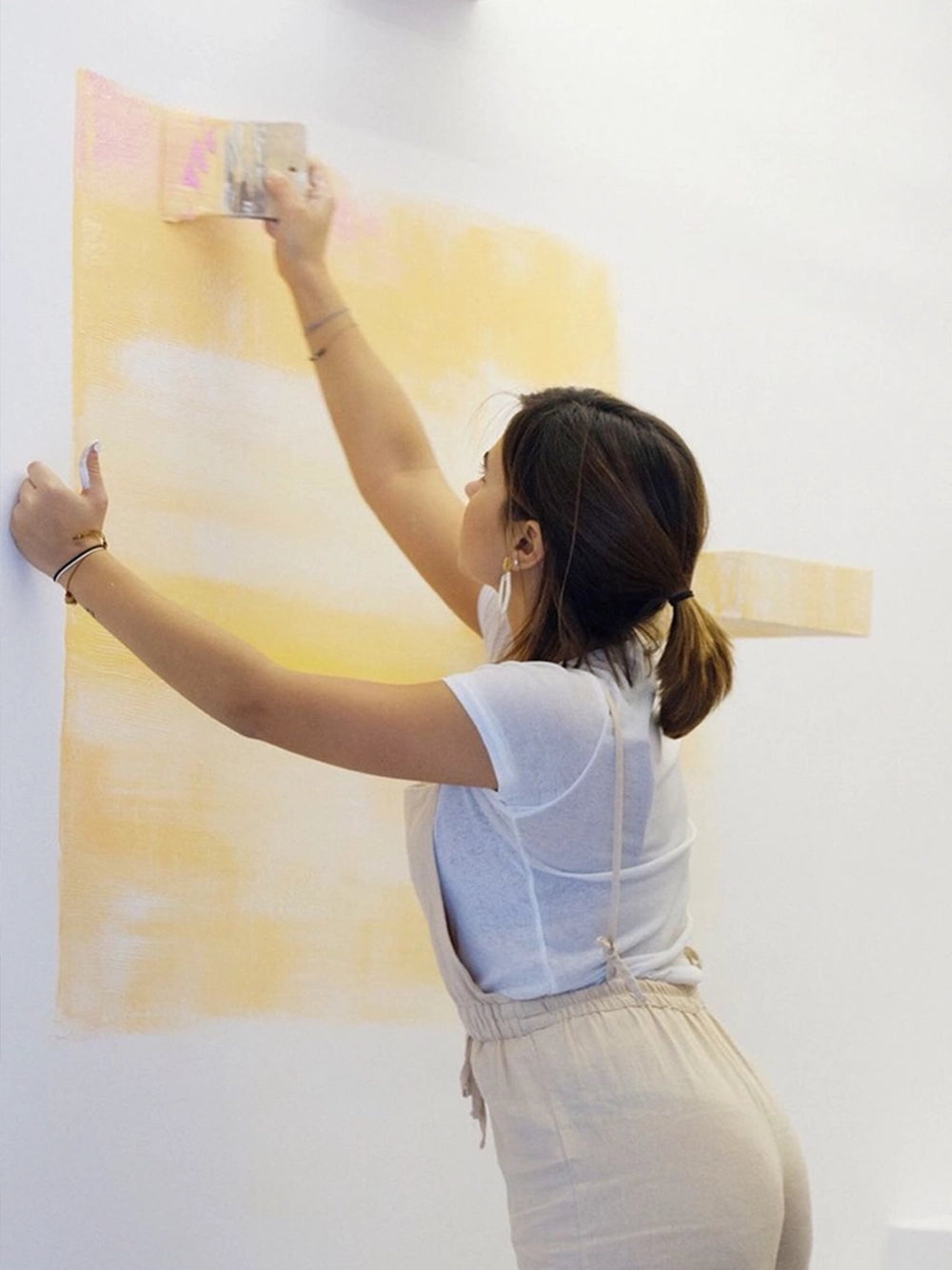
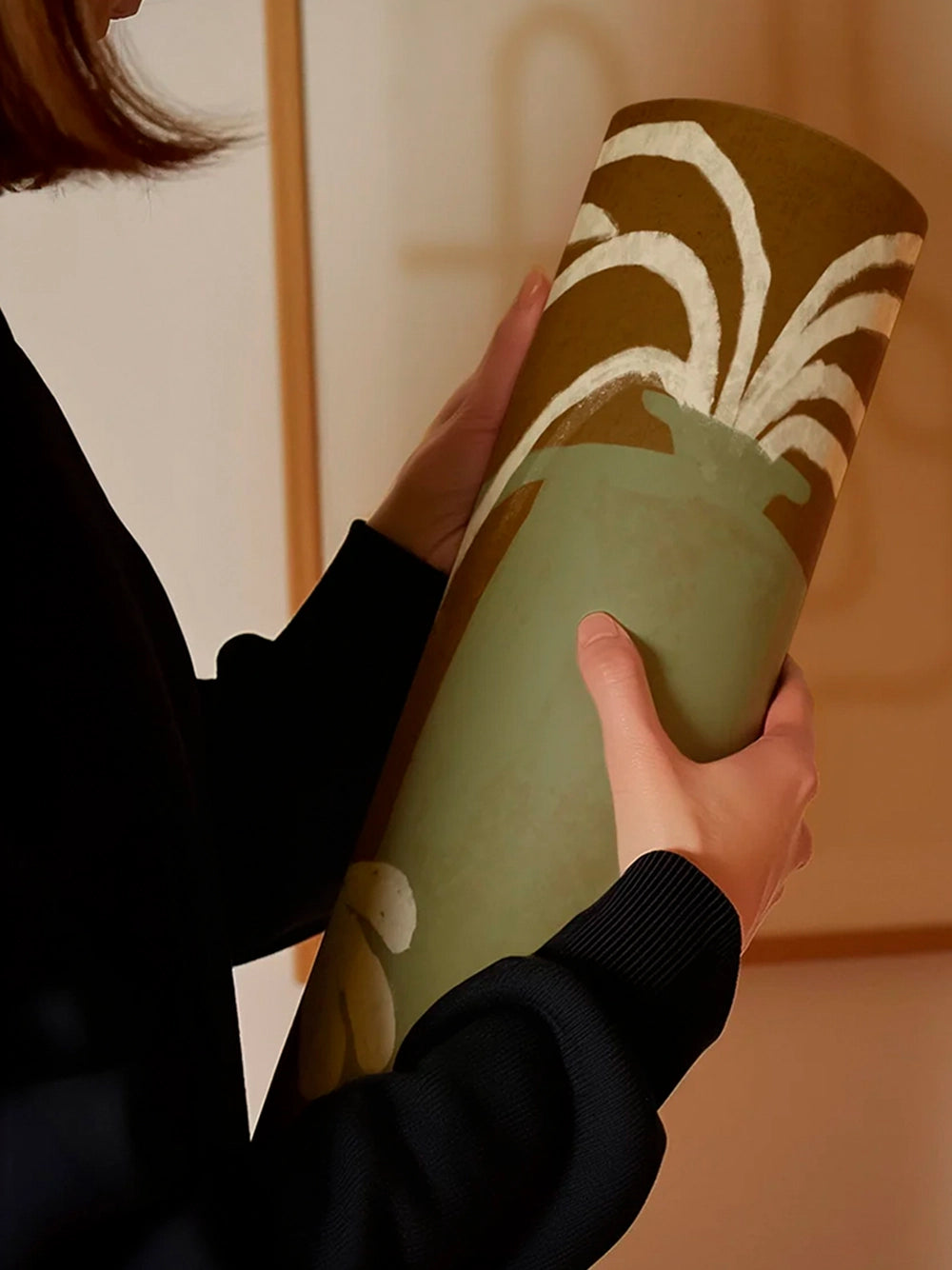
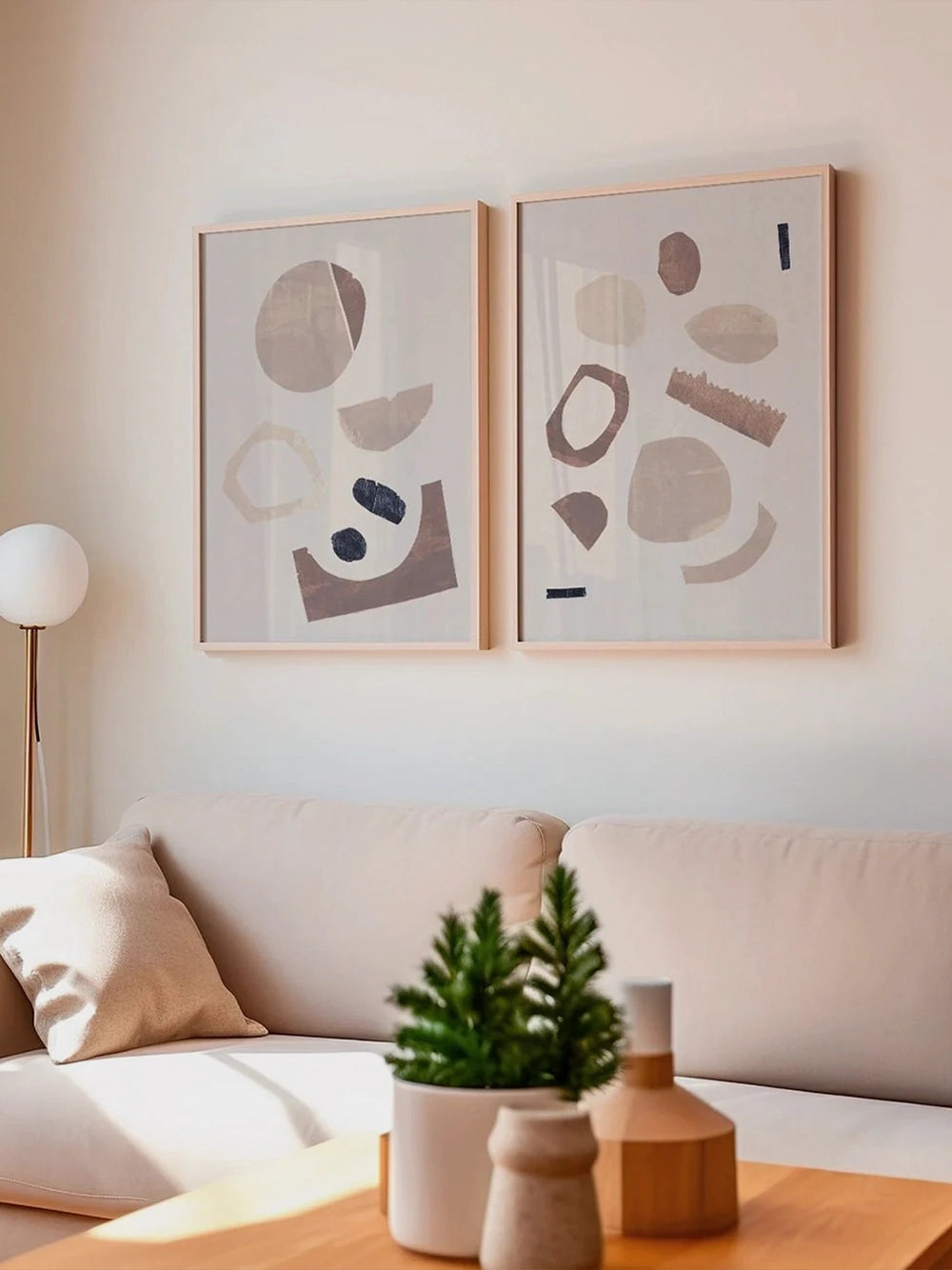
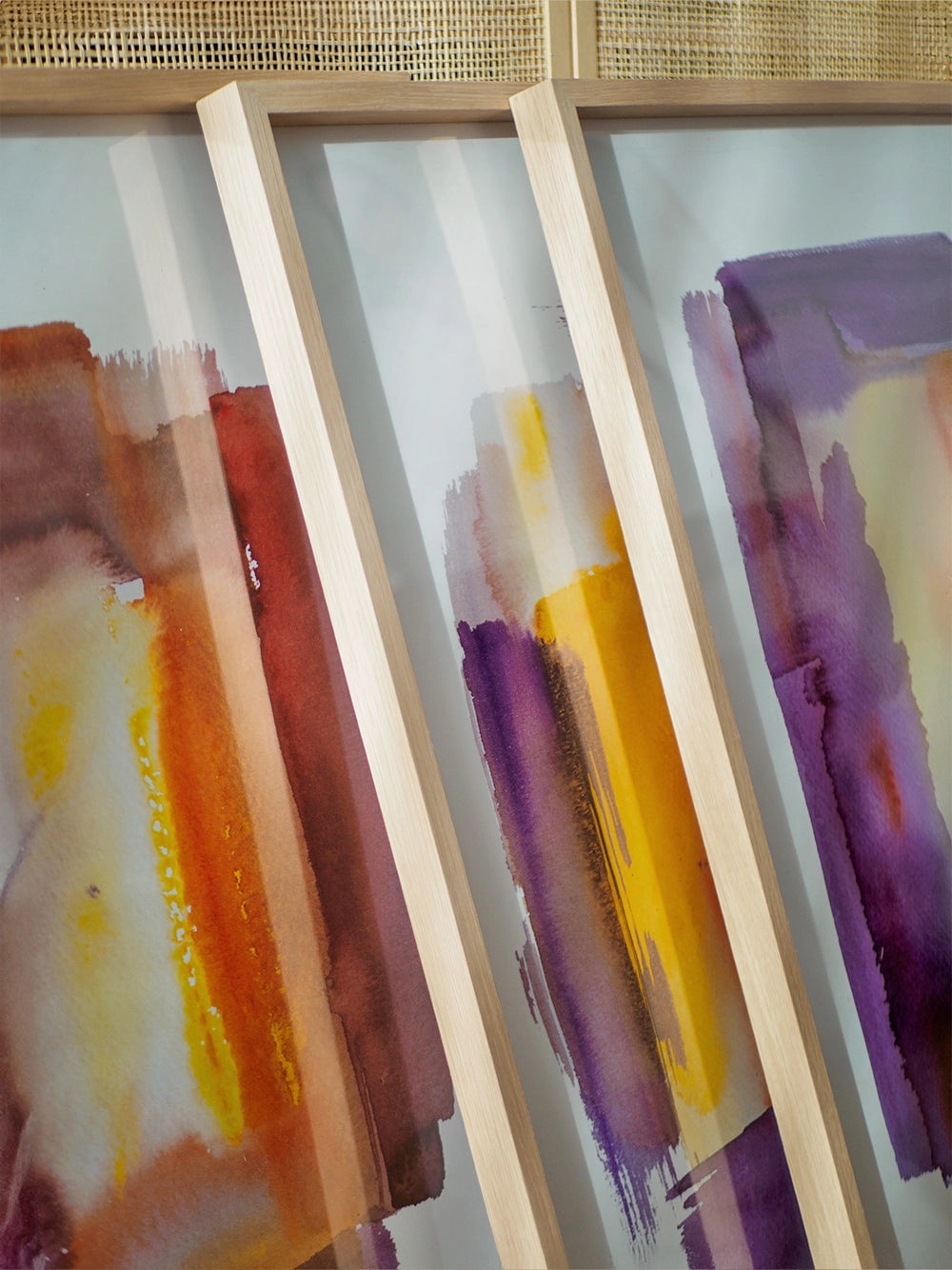
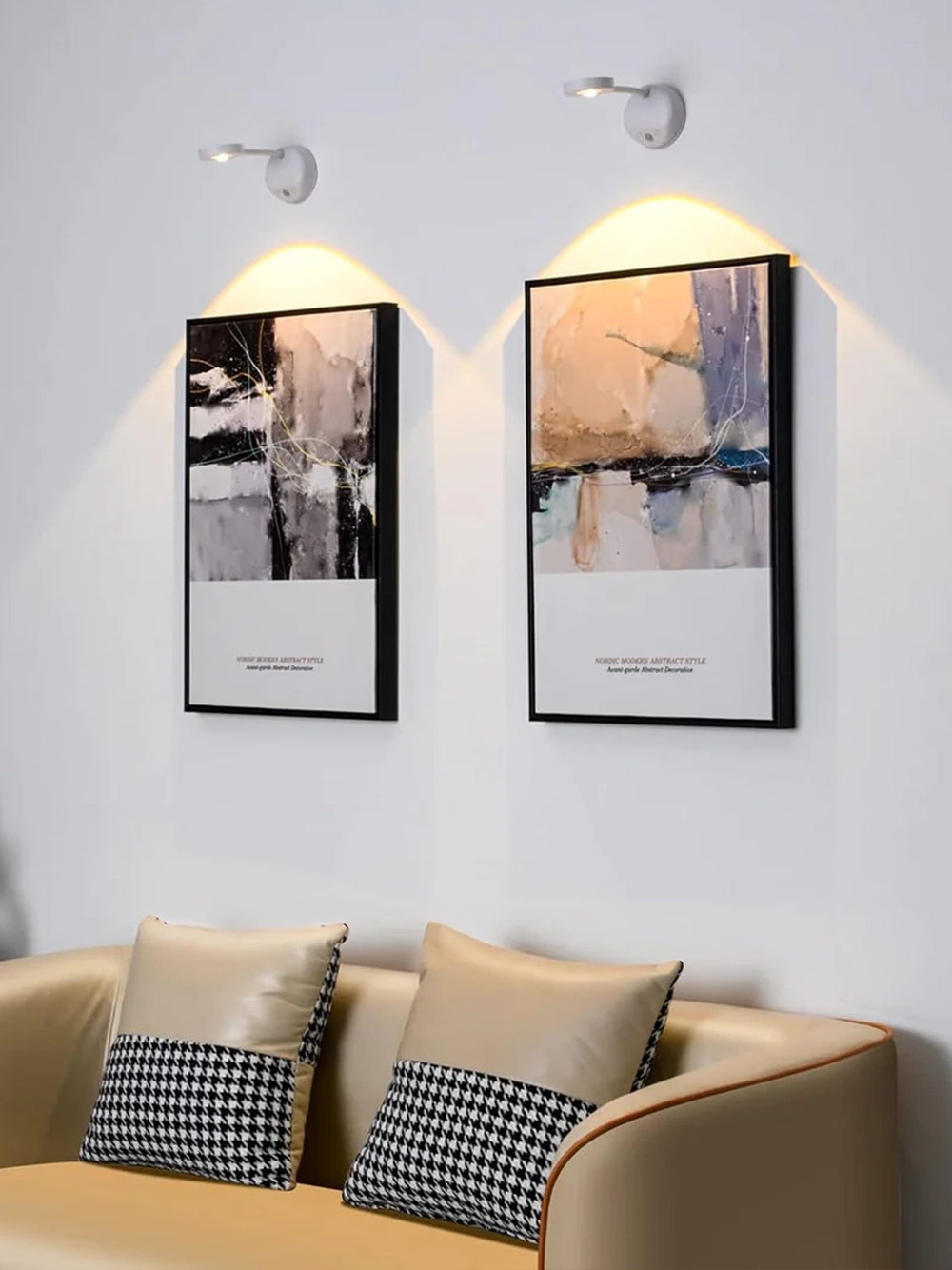
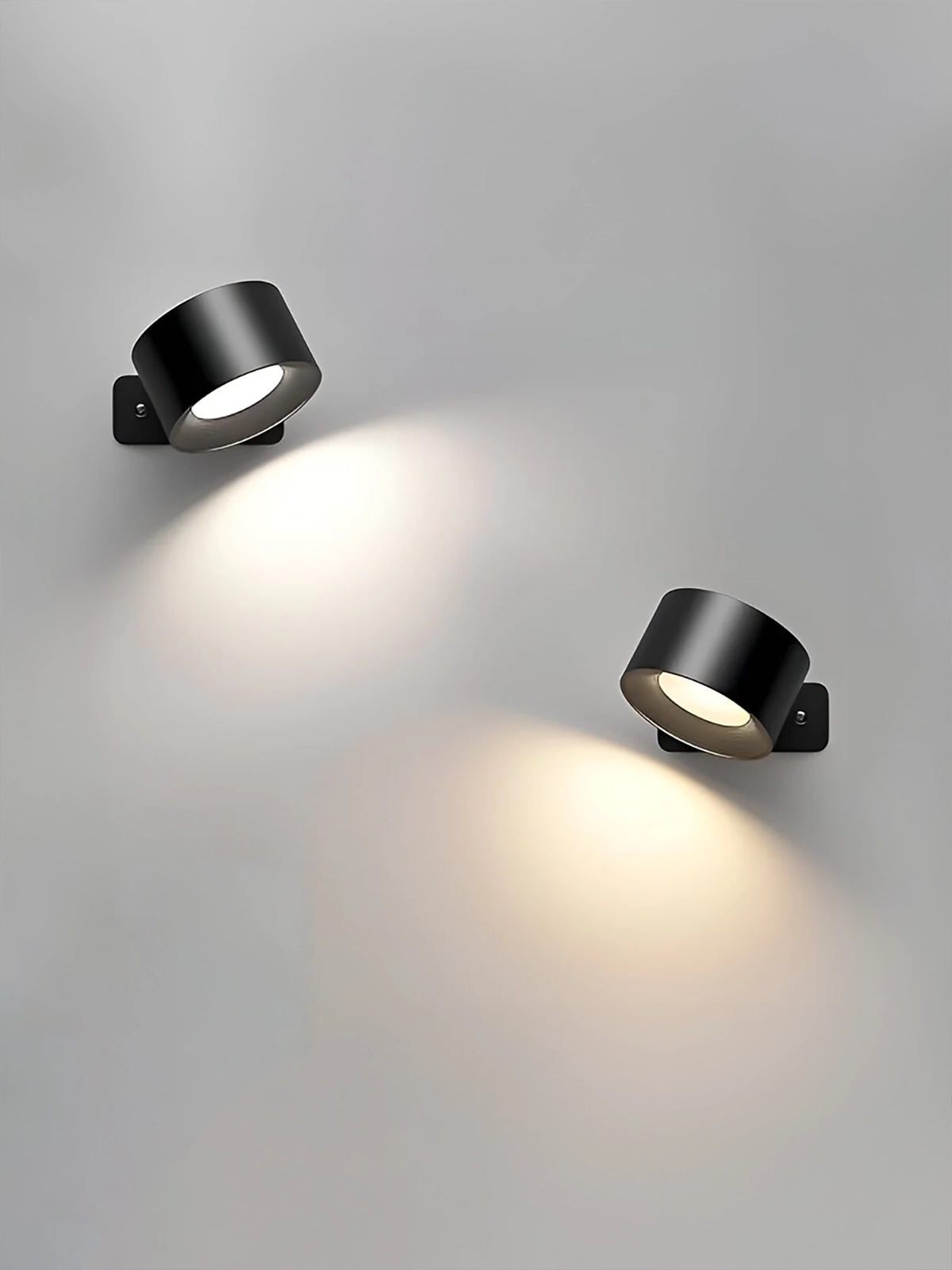
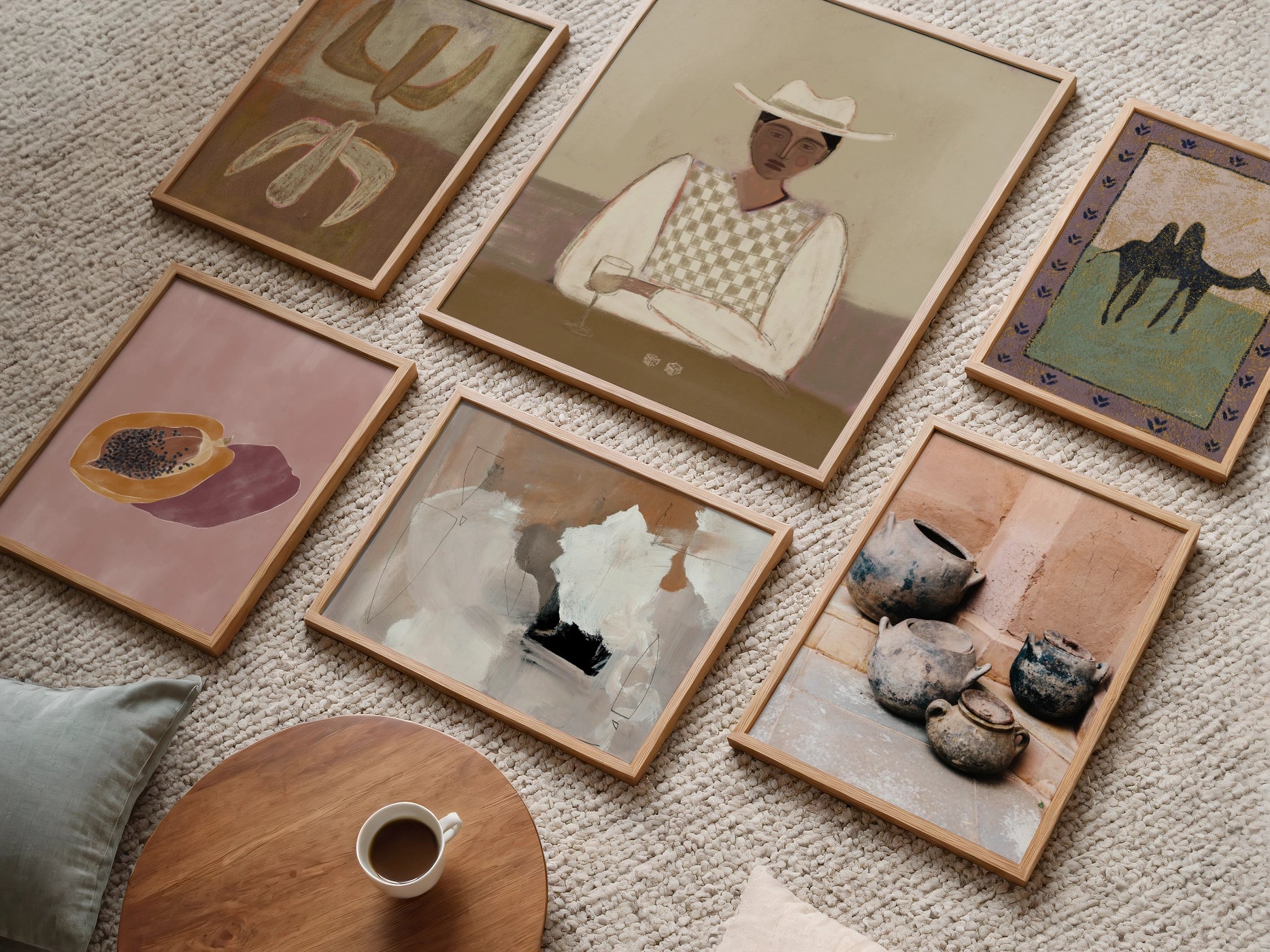
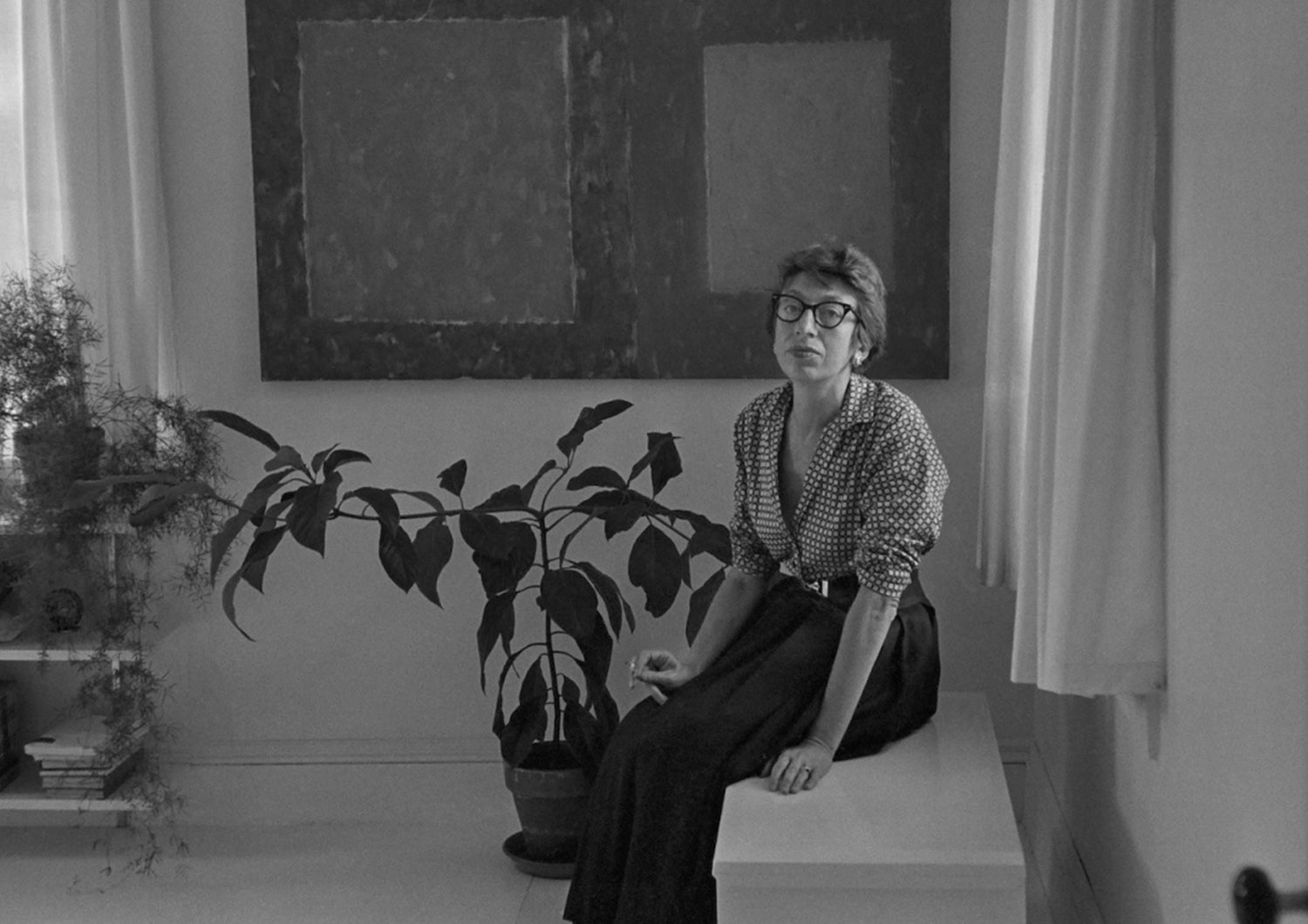
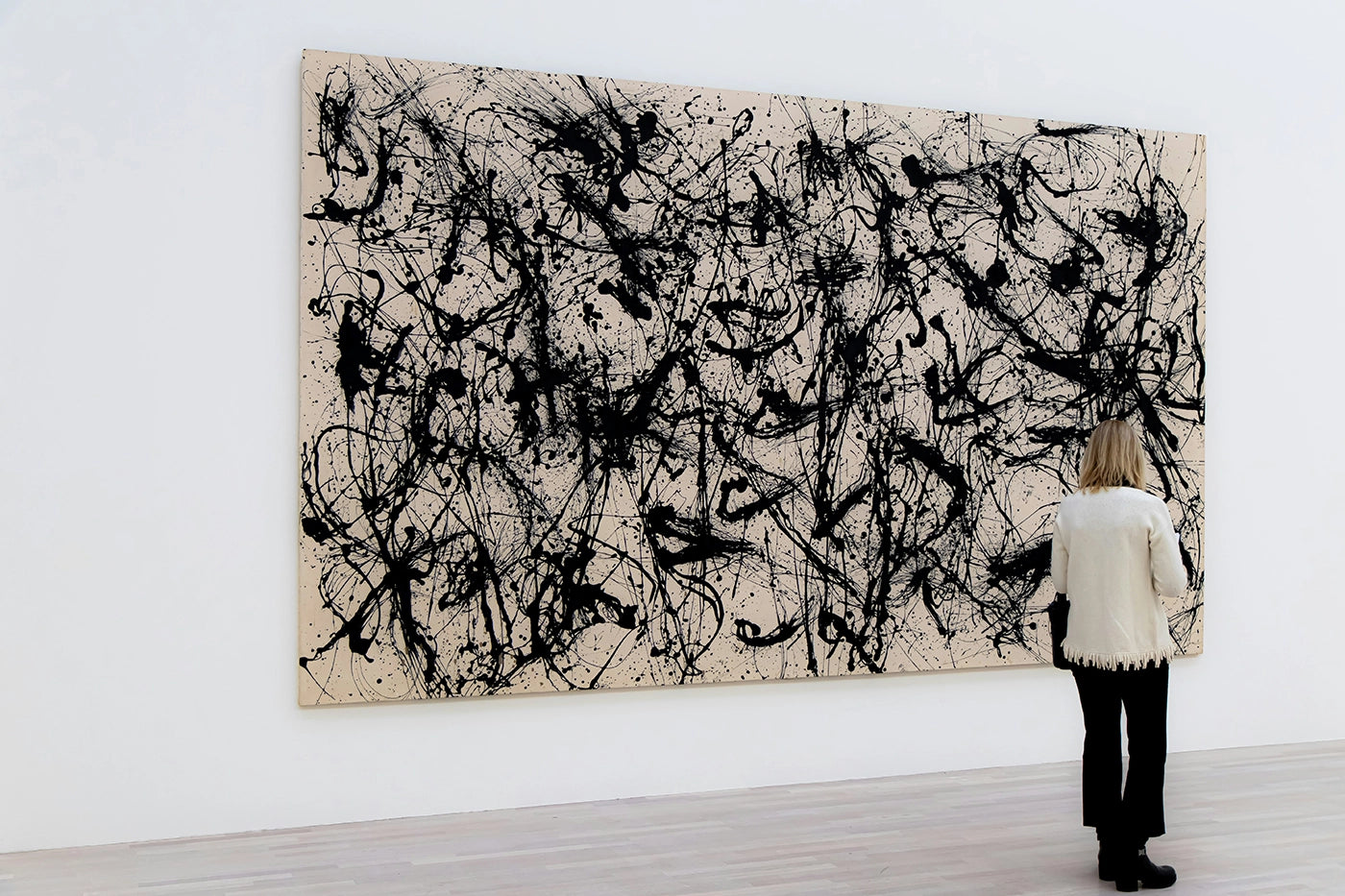
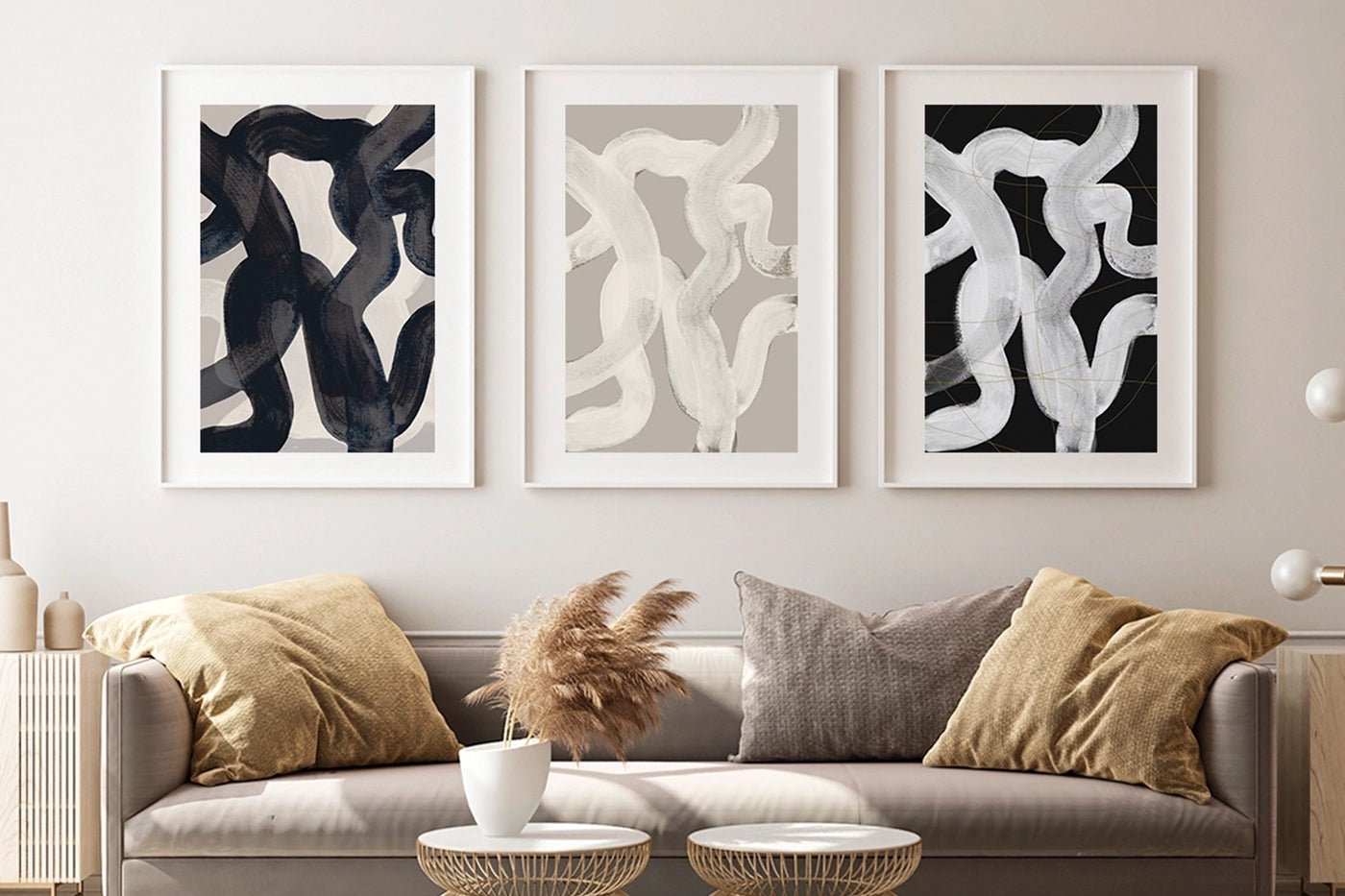

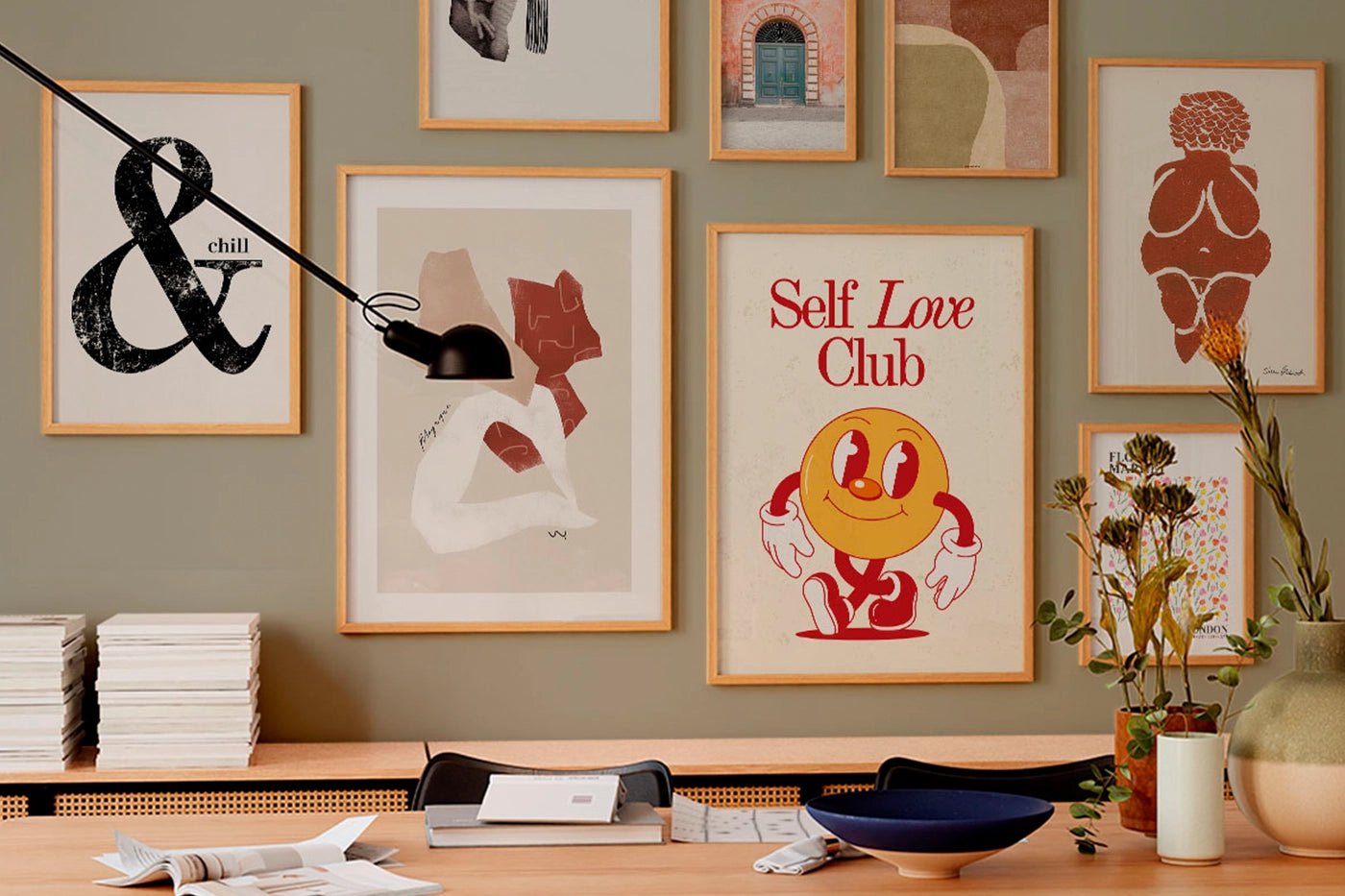
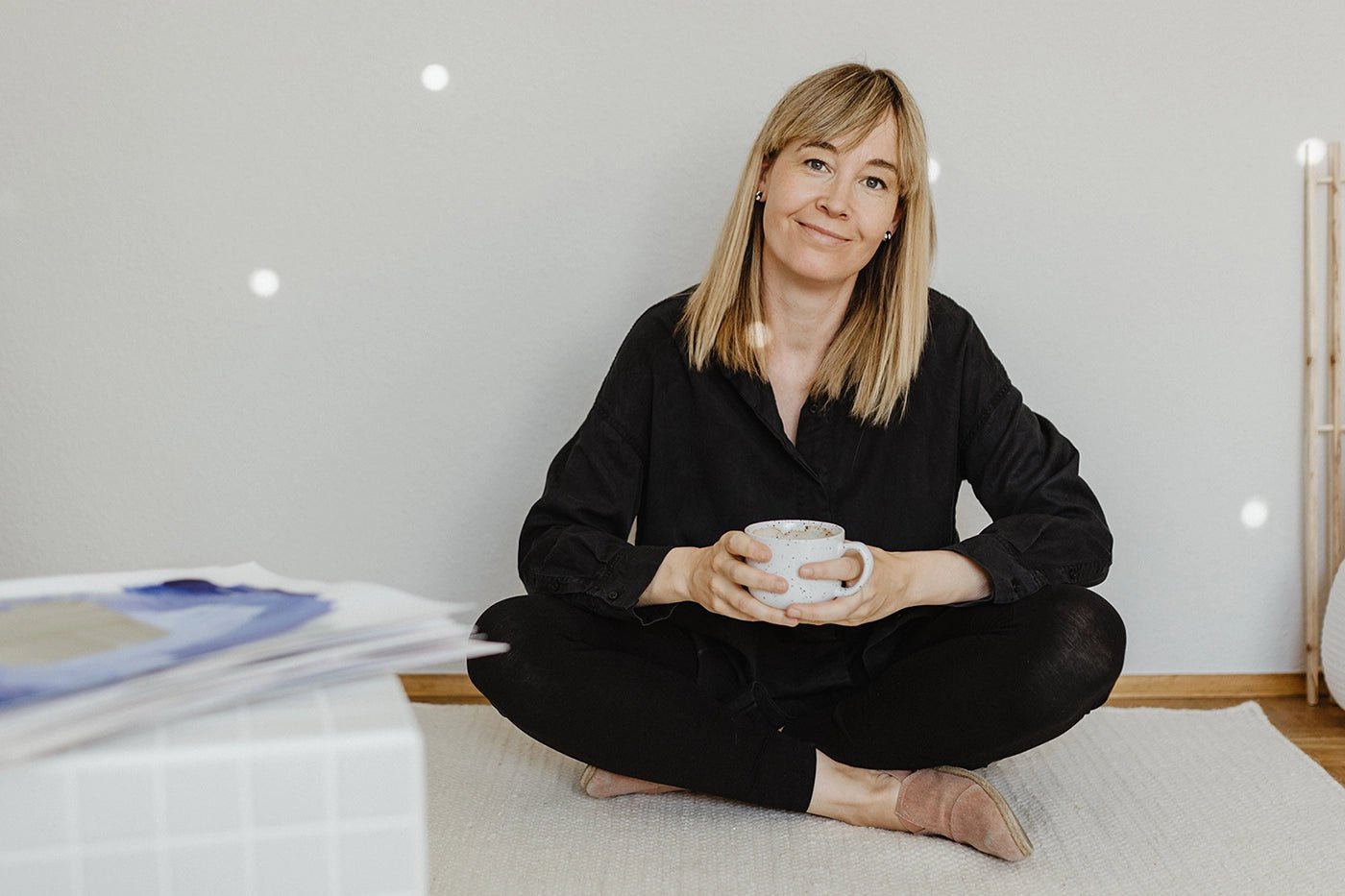


Leave a comment
All comments are moderated before being published.
This site is protected by hCaptcha and the hCaptcha Privacy Policy and Terms of Service apply.